Taking mom’s kimchi mainstream
‘I’m still giving people the first bite of kimchi they’ve ever had’
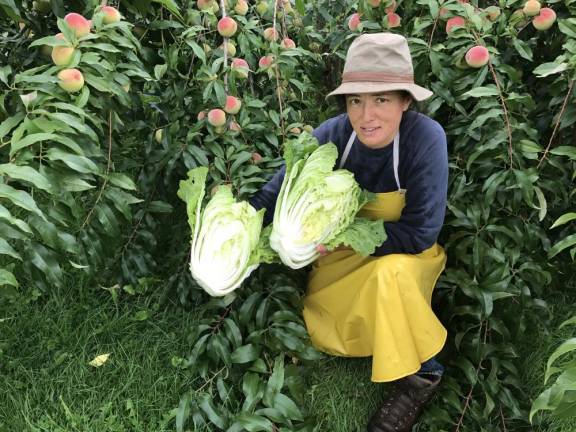
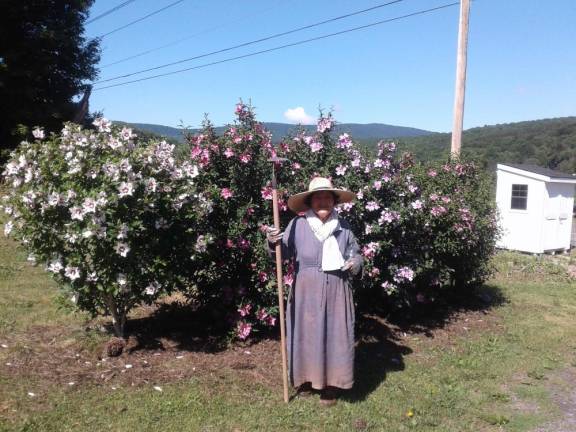
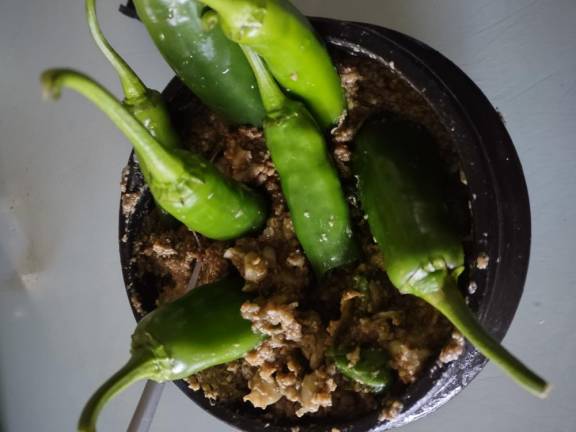
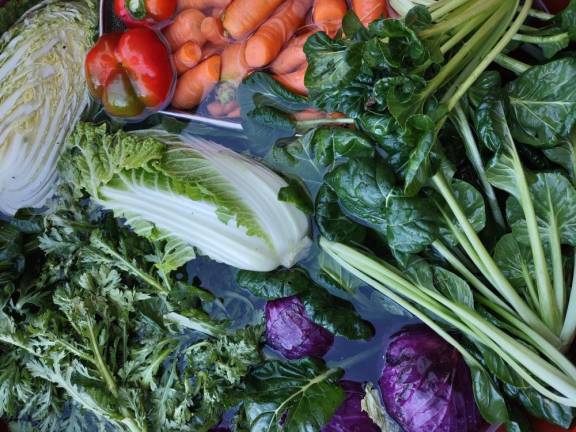

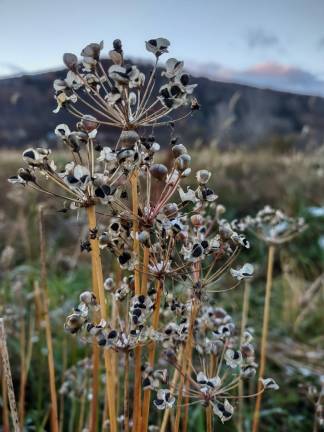
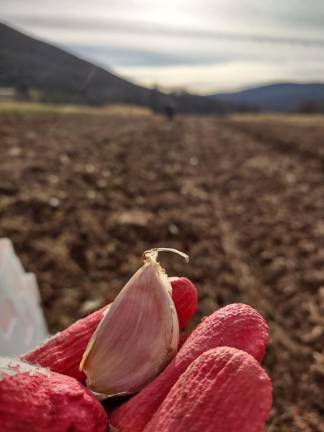
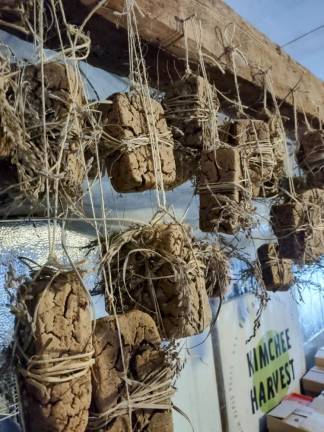
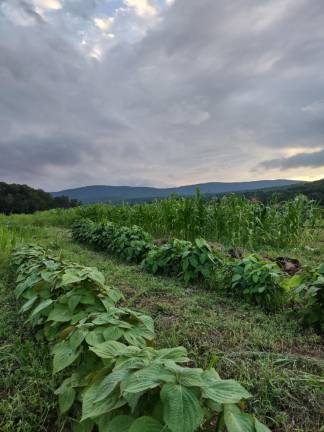
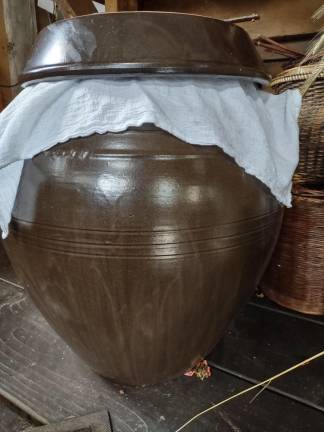
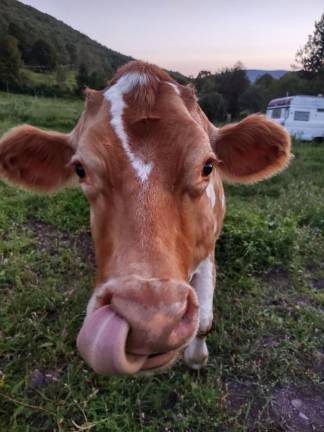
Madalyn Warren takes great inspiration from her two cows, Isadora, a Guernsey, and Blink, a Jersey. “They’re my good buds,” says Warren, lovingly reflecting on the mobile fermentation factories that keep her grasses mowed and vegetables fertilized at her family farm in the northwest Catskills.
East Branch Farms, a small biodynamic Korean family farm, has been making its way into the white-hot fermented foods market over the last five years. Their signature Kimchi Harvest brand was conceived not so much as a ride-the-wave idea, but more of a pay-the-bills reality.
“I wasn’t making money selling vegetables,” recalls Warren with a laugh. “And at that time, my mom was living with me at the farm... so she’s like, you gotta build a kimchi kitchen. So that’s what we did.”
Warren’s mom, Ji Young Kim, raised her three children, Madalyn (the farmer), Jenny (the artist), and Arthur (the chef), in the Adirondacks, making homestyle Korean food with what she could find in Albany at the time. Sourcing ingredients came down to the monthly pilgrimage to visit Kim’s Asian Market on Central Avenue (it’s still there, I checked) and a handful of produce wholesalers.
“Our farm and the food that we make is largely based on my mom’s knowledge of the food that she grew up eating,” says Warren. “As far as all the plants that can grow in Korea, the climate and our land here is pretty similar.”
Warren’s reverence for plants is palpable. Like the love she expresses for her bovine besties, her deep connection with the earth, its energy and rhythms, has clearly impacted her evolution as a farmer and as a business owner.
“Every plant and every seed has its own intelligence. And so it’s a matter of linking that up with the resources of the sun and the rain and the soil and my hand. So it’s always a thrill when you have good timing,” she said. “We rely on natural cycles and living systems that have their own lives. There’s many lives intersecting in growing food, and so you’re not always gonna achieve the uniform... unless that’s your business style.”
While Kimchi Harvest features “farmstead kimchi,” meaning the vegetables in the kimchi are grown on the farm, their business is such that they can’t grow everything they need. So they work with neighboring organic farms to supplement. “When we first started buying in, I wasn’t feeling great about it. But then I started realizing that what’s there to feel bad about? I mean, I’m buying vegetables from my neighbors and they know what I’m trying to do,” said Warren.
Despite the fermentation fervor that’s taken hold in recent years, Kimchi Harvest primarily relies on their loyal customer base in New York City. “It’s still a very small market of people that buy regularly,” she said. “It’s not milk, eggs and bread. We have a lot of regular customers, but we don’t necessarily see them every week.” At market, she said, “I’m still giving people the first bite of kimchi they’ve ever had.”
Keeping customers interested and providing fermentation 101 is a big part of what Warren and her family do at market. This past year, Warren’s mom was crazy for curry, incorporating different herbs and roots based on what she’s been learning about health and vitality. But the family has learned simplicity is key. “English is a second language here and my mom participates in a lot of the green market sales,” said Warren. “Things have to be simplified. It’s just a reality of this type of operation, a family run business.”
Like most people, I wrongly assumed that kimchi is only made with Napa cabbage, a type of Chinese cabbage, when in fact it’s really more about the sauce and the salt. A number of different vegetables can be incorporated into kimchi, with Napa being the most popular. “And then if the vegetable can handle the fermenting process, it’s kimchi. When you make kimchi, you need really high quality vegetables,” said Warren. “To ferment or pickle anything, it’s grade A.”
Kimchi is a live food, abuzz with biological activity in every jar, which makes working through middlemen a challenge. While wholesale is something the family has been thinking about, it would likely mean narrowing their product line and only focusing on two varieties. In thinking about the kimchi on grocery store shelves, Warren notes, “It’s a sad kind of kimchi. It’s all still very good, but to me, I’m just a little sad for them because I know that the producer makes better kimchi.”
What does a kimchi kitchen actually look like? Turns out, it’s pretty basic. There’s no cooking involved. Just sinks with cold water and big vessels in which to mix the ingredients. Simple, right? Yes and no – especially when it comes to Department of Agriculture and Markets licensing requirements.
Warren would like to see these regulatory agencies less as a watchdog and more of an advocate for traditional foods that have been made for thousands of years. “Our cultures have already probably gone through our form of food safety, but in a big picture sense, and have proven to be safe,” said Warren.
“Food culture is a living culture,” she added. “Ethnic foods that make their way into mainstream diets, that’s what I’m really interested in. Working with my fellow fermenters and mommy kitchens, you know, where we’re all cooking mom’s food in mom’s way and having some influence.”